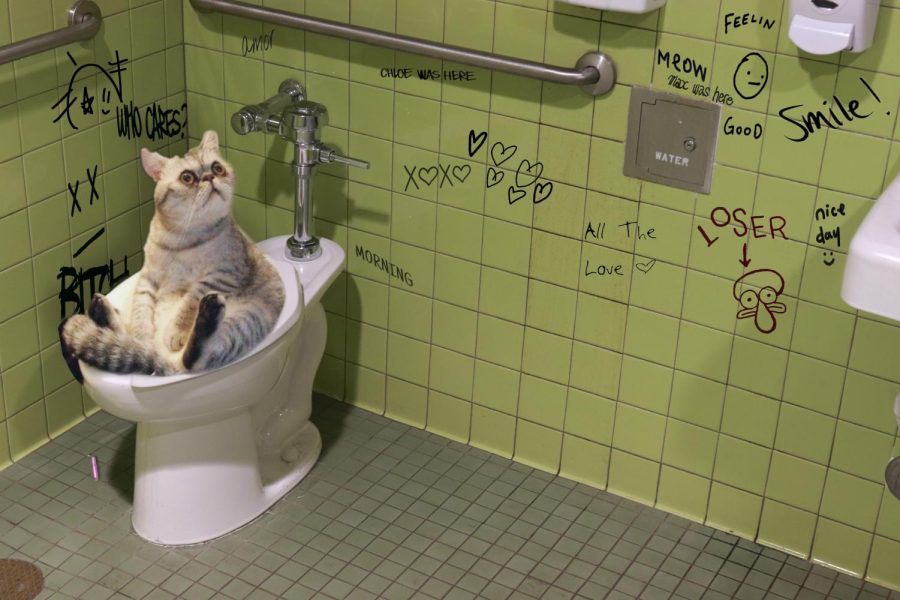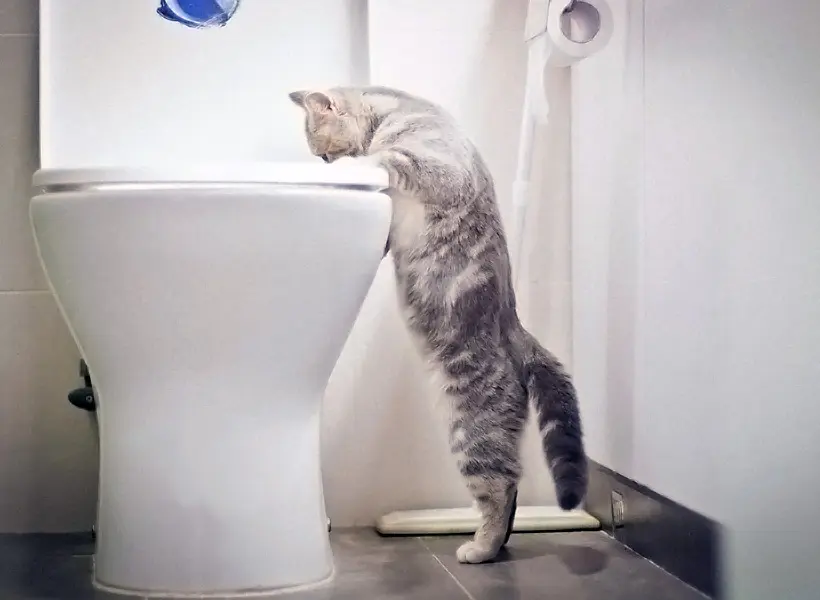Uncovering Why Animal Waste Ought to Not Be Flushed Down the Toilet
Uncovering Why Animal Waste Ought to Not Be Flushed Down the Toilet
Blog Article
Were you looking for guidance around Can You Flush Dog and Cat Poo Down the Toilet??

When it comes to dealing with waste, particularly animal waste, lots of people typically turn to the practical option of flushing it down the bathroom. Nevertheless, this apparently very easy service can have major consequences for the atmosphere and public health. In this article, we'll discover why flushing pet waste down the commode is a bad concept and provide different techniques for appropriate disposal.
Intro
Correct waste disposal is critical for maintaining ecological sustainability and public health. While it might seem harmless to purge animal waste down the commode, it can result in numerous concerns, both for the atmosphere and human wellness.
Dangers of flushing pet waste
Environmental impact
Flushing pet waste presents harmful bacteria and pathogens into rivers, which can adversely impact water environments. These pathogens can infect water sources and harm marine life, interfering with fragile ecosystems.
Public health issues
Animal waste consists of hazardous germs such as E. coli and Salmonella, which can position serious health threats to human beings. Purging animal waste down the commode can contaminate water products, leading to the spread of conditions and infections.
Alternatives to flushing
Rather than purging animal waste down the toilet, there are a number of alternate disposal approaches that are a lot more eco-friendly and sanitary.
Composting
Composting animal waste is a green means to dispose of it. By composting, organic matter is broken down right into nutrient-rich dirt, which can be utilized to fertilize gardens and plants.
Landfill disposal
Disposing of here animal waste in a garbage dump is another alternative. While not as eco-friendly as composting, it is a more secure option to flushing, as it prevents the contamination of water resources.
Animal garbage disposal systems
There are customized pet dog waste disposal systems offered that securely and hygienically take care of pet waste. These systems usually make use of enzymes to break down waste and eliminate smells.
Actions to appropriate animal waste disposal
To make certain appropriate disposal of animal waste, adhere to these steps:
Scooping and nabbing waste
On a regular basis scoop and bag pet waste using naturally degradable bags. This protects against waste from contaminating the setting.
Making use of designated waste containers
Dispose of bagged animal waste in marked waste bins, such as garden compost bins or landfill containers. Stay clear of flushing it down the bathroom at all expenses.
Cleaning up can and animal areas regularly
On a regular basis clean can and animal areas to prevent the accumulation of waste and bacteria. Use pet-safe cleaning items to preserve health.
Advantages of appropriate disposal approaches
Taking on correct disposal approaches for pet waste supplies numerous benefits:
Reduced environmental pollution
Appropriate disposal techniques decrease the risk of environmental pollution, protecting rivers and environments from contamination
Minimized danger of water contamination.
By staying clear of flushing animal waste down the commode, the risk of water contamination is dramatically reduced, guarding public health.
Improved sanitation and hygiene
Proper disposal techniques advertise much better sanitation and health, producing a safer setting for both human beings and animals.
Final thought
To conclude, flushing pet waste down the commode is harmful to the setting and public health. By embracing alternative disposal approaches and complying with appropriate waste monitoring practices, we can decrease the negative effect of animal waste and add to a cleaner, much healthier planet.
What To Do With Dog Poo – The Do's And Don'ts Of Disposing Of Faeces
Dog poo bins
Some councils provide dedicated dog waste bins in popular dog-walking areas that can take dog poo that has been bagged but you can legally dispose of dog waste in any public litter bin, as long as it is securely bagged. This also applies to your wheelie bin at home.
Do not flush
Water companies do not recommend flushing dog faeces down the toilet because certain parasites can survive the water processing treatment and are potentially harmful to humans. You should also never consider flushing dog poo that has been bagged down the toilet as the bags will not break down and instead create severe blockages in the sewage system.
In the woods
The Forestry Commission promotes a ‘stick and flick’ method for dealing with waste in the woods. This means finding a stick and using it to flick any poo from off the path so that it is out of the way of other walkers. You could also bury it as long as it is not in an area where there might be livestock.
Livestock
Parasites found in dog poo can be transmitted to livestock if they inadvertently eat infected faeces that has been left on grazing land. This could result in the death of sheep or abortion in cattle so you should always make sure you pick up your dog’s waste in fields where livestock could be present.

On a regular basis clean can and animal areas to prevent the accumulation of waste and bacteria. Use pet-safe cleaning items to preserve health.
Advantages of appropriate disposal approaches
Taking on correct disposal approaches for pet waste supplies numerous benefits:
Reduced environmental pollution
Appropriate disposal techniques decrease the risk of environmental pollution, protecting rivers and environments from contamination
Minimized danger of water contamination.
By staying clear of flushing animal waste down the commode, the risk of water contamination is dramatically reduced, guarding public health.
Improved sanitation and hygiene
Proper disposal techniques advertise much better sanitation and health, producing a safer setting for both human beings and animals.
Final thought
To conclude, flushing pet waste down the commode is harmful to the setting and public health. By embracing alternative disposal approaches and complying with appropriate waste monitoring practices, we can decrease the negative effect of animal waste and add to a cleaner, much healthier planet.
What To Do With Dog Poo – The Do's And Don'ts Of Disposing Of Faeces
Dog poo bins
Some councils provide dedicated dog waste bins in popular dog-walking areas that can take dog poo that has been bagged but you can legally dispose of dog waste in any public litter bin, as long as it is securely bagged. This also applies to your wheelie bin at home.
Do not flush
Water companies do not recommend flushing dog faeces down the toilet because certain parasites can survive the water processing treatment and are potentially harmful to humans. You should also never consider flushing dog poo that has been bagged down the toilet as the bags will not break down and instead create severe blockages in the sewage system.
In the woods
The Forestry Commission promotes a ‘stick and flick’ method for dealing with waste in the woods. This means finding a stick and using it to flick any poo from off the path so that it is out of the way of other walkers. You could also bury it as long as it is not in an area where there might be livestock.
Livestock
Parasites found in dog poo can be transmitted to livestock if they inadvertently eat infected faeces that has been left on grazing land. This could result in the death of sheep or abortion in cattle so you should always make sure you pick up your dog’s waste in fields where livestock could be present.

We hope you liked our part on Don't Flush Your Pets Poo Down The Loo, Vet Warns. Many thanks for finding the time to read our piece. Kindly take the opportunity to promote this blog post if you enjoyed reading it. Many thanks for taking the time to read it.
Book Report this page